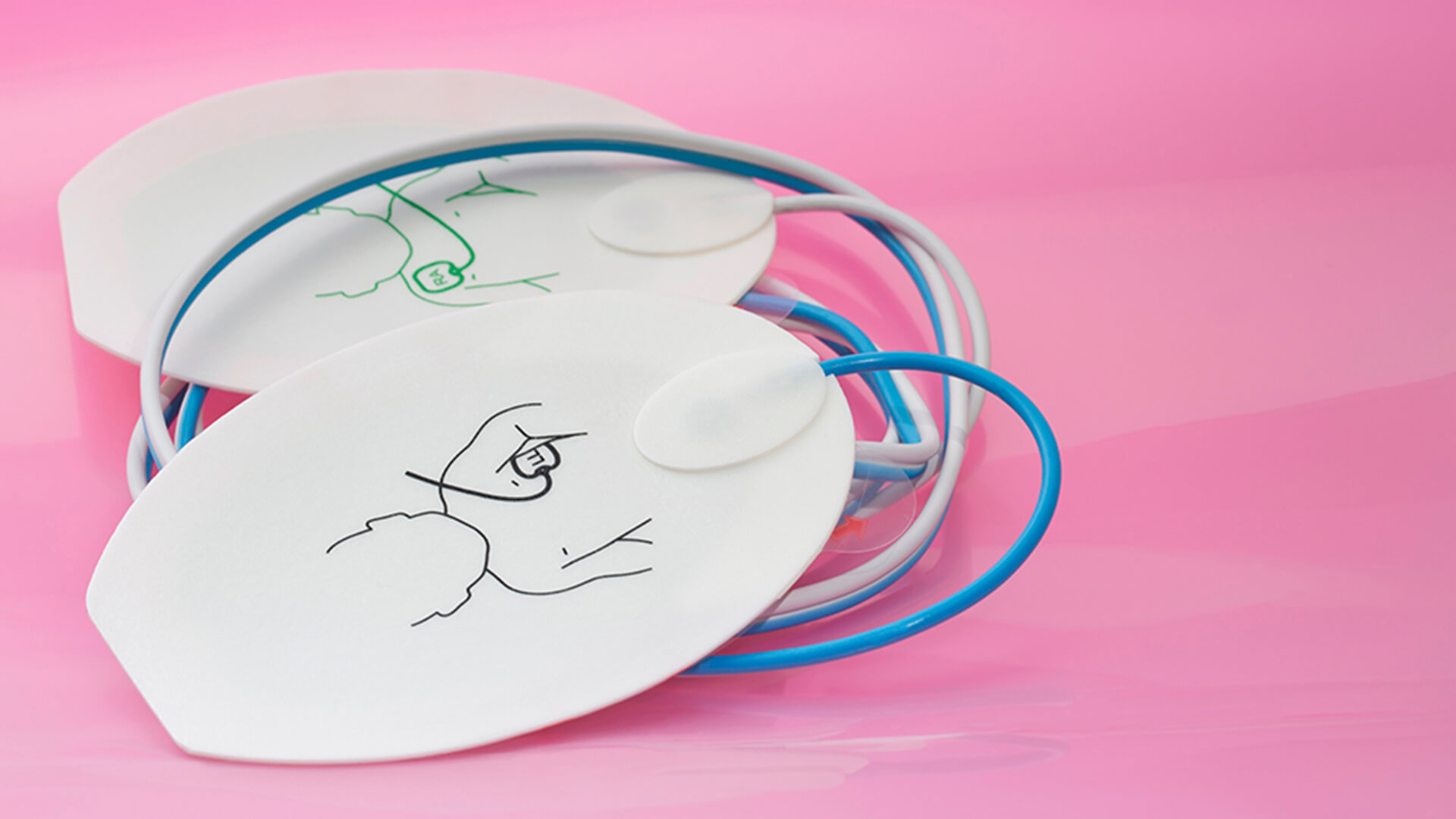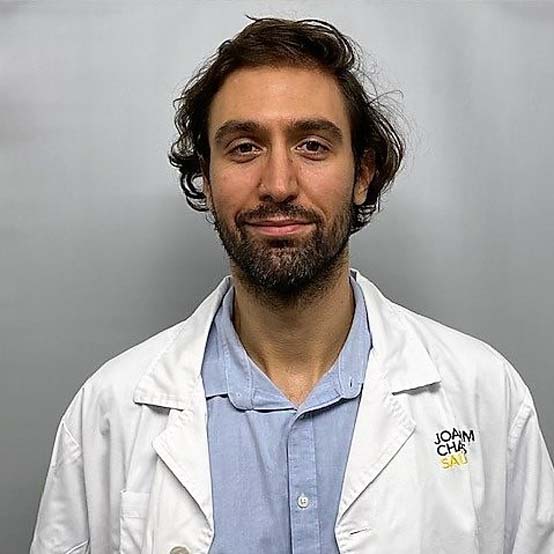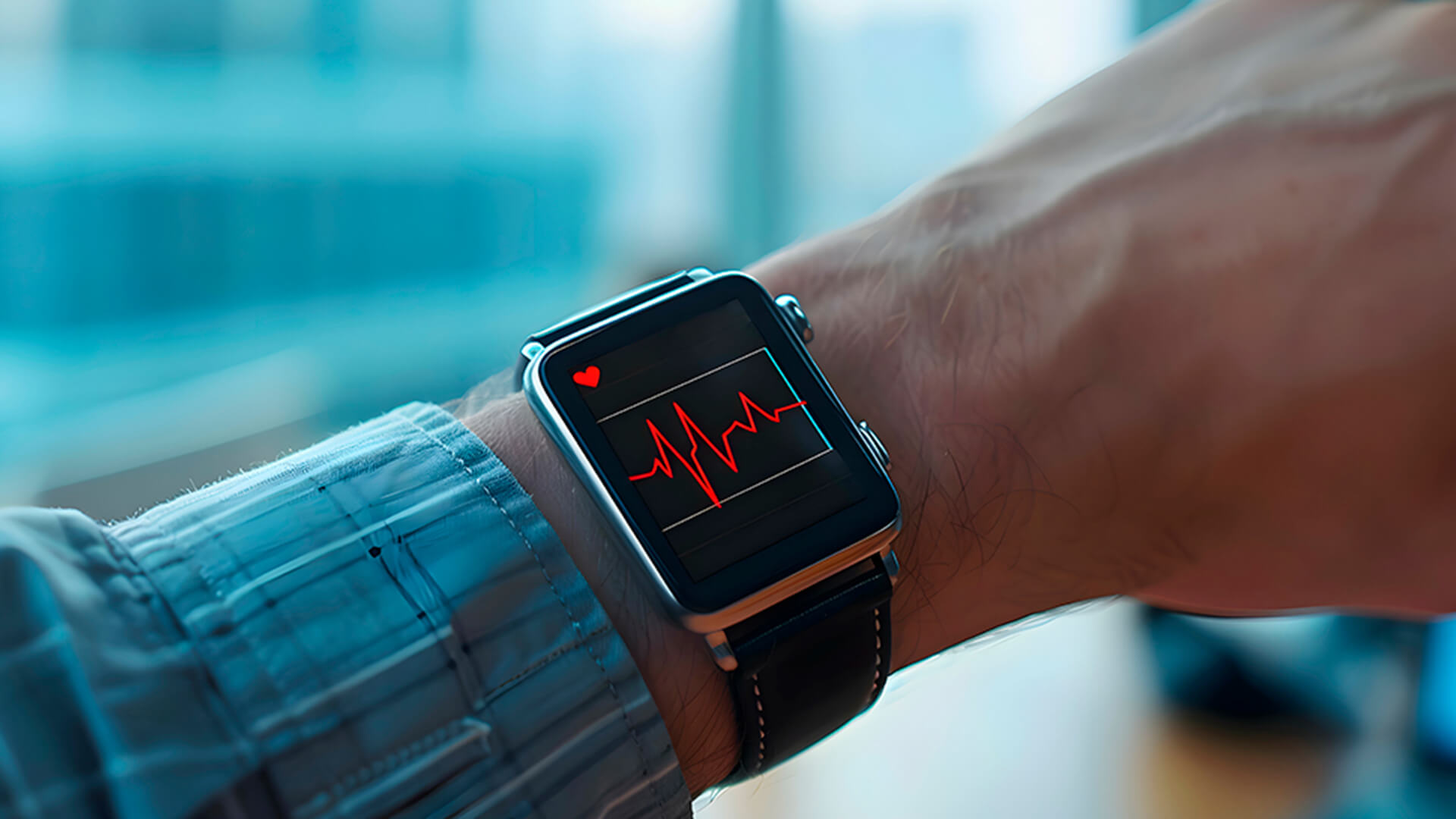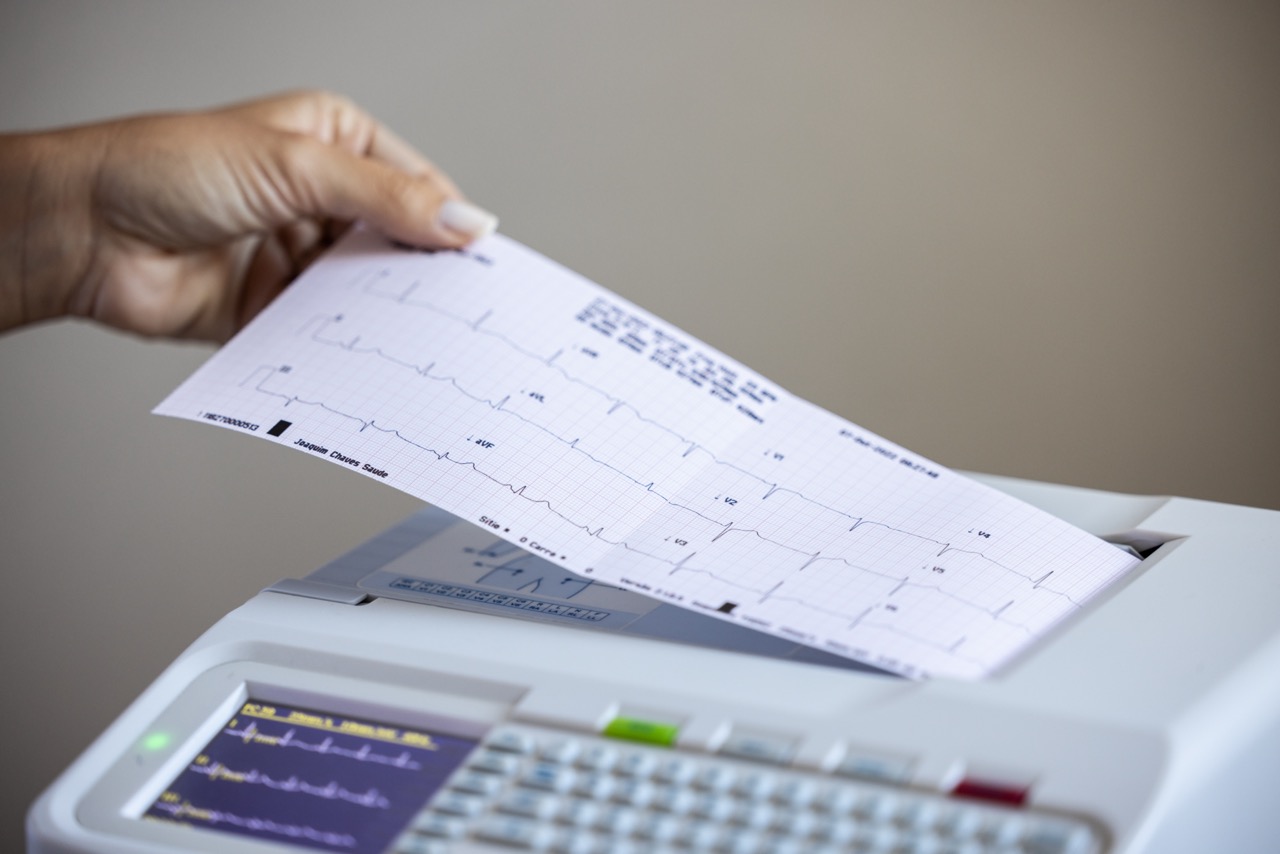At first, electrical cardioversion can cause some apprehension. However, this technique is safe, painless and effective to restore a normal heart rhythm, for some types of arrhythmias. How does it work? Which cases is it for? What are the risks? Find out everything you need to know about electrical cardioversion.
What is electrical cardioversion?
Electrical cardioversion is a medical procedure used to restore a normal heart rhythm in people with certain types of arrhythmias, such as atrial fibrillation or atrial flutter.
Simply put, it involves the controlled delivery of an electrical shock to the heart, which helps correct irregular heartbeats. This shock is administered through electrodes placed on the patient’s chest and, in most cases, it is performed under mild sedation to guarantee the patient’s comfort.
Although the idea of an electrical shock can cause some concern, this is a safe and effective procedure. The medical team monitors the process closely, ensuring that everything runs smoothly and with as little discomfort as possible.
What is the purpose of electrical cardioversion?
Electrical cardioversion can help patients in several ways.
Restore a normal heart rhythm
The main goal of electrical cardioversion is to correct irregular heartbeats, such as atrial fibrillation or atrial flutter. These arrhythmias make the heart beat in a disorderly fashion, which can cause fatigue, shortness of breath, dizziness and, in some cases, increase the risk of serious complications, such as stroke.
Prevent more serious complications
When the heart doesn’t beat synchronously, blood can stagnate in the heart cavities, increasing the risk of clotting. By restoring a normal rhythm, electrical cardioversion helps reduce this risk, protecting the patient’s long-term health.
Improve quality of life
Many people suffering from arrhythmias feel a significant decrease in their energy and wellbeing. Electrical cardioversion gets the heart pumping blood effectively again, which improves circulation, relieves fatigue and restores the ability to perform daily tasks comfortably.
What are the types of cardioversion?
In addition to electrical cardioversion, which is most well-known, there is also chemical cardioversion. This is a less invasive alternative that can be effective in less serious situations. This method stabilises the heart rhythm through the administration of anti-arryhthmic drugs, without the need for electrical shocks. This is often the first approach in patients who are not ideal candidates for electrical cardioversion. In both cases, the aim is to restore stability to the heart, improve the patient’s quality of life and prevent more serious complications.
How is electrical cardioversion performed?
Electrical cardioversion involves several stages, to guarantee the patient’s safety and comfort throughout the entire procedure.
The physician begins by evaluating the patient’s health and, in some cases, may prescribe exams, such as a transthoracic or transesophageal echocardiogram , to rule out blood clots in the heart. The patient is mildly sedated to avoid discomfort during the procedure, but continues to breathe independently. This sedation allows the electrical shock to be applied painlessly and calmly.
With electrodes attached to the patient’s chest or back, the physician applies a controlled electrical shock that lasts a fraction of a second. This shock aims to "reset" the heart’s electrical activity, allowing the natural rhythm to restore normal function. The medical team monitors the heart closely during the whole process.
After electrical cardioversion, the patient is placed under observation for a few hours, to ensure that the heart rhythm remains stable. It is normal to feel some fatigue or slight discomfort in the chest, but these symptoms usually disappear quickly. The physician may also recommend medication to help prevent future arrhythmias and reduce the risk of blood clots.
Does electrical cardioversion have limitations?
Electrical cardioversion presents some limitations, such as the possibility of not being effective in more complex or chronic arrhythmias and the risk of forming blood clots, which can lead to stroke. This is why it is often necessary to take anticoagulants (blood thinners) before and after the procedure.
Furthermore, in many cases, the patient needs to continue taking anti-arryhthmic medication to keep the rhythm stable and ensure the results are not temporary. Arrhythmias can return due to age, heart disease or alcohol consumption. Despite these limitations, electrical cardioversion continues to be a safe and valuable option to improve the patient’s quality of life.
What prior precautions are necessary?
Patient preparation before electrical cardioversion is essential to increase the procedure’s effectiveness and reduce risks.
• Prior anticoagulant therapy: In cases of persistent atrial fibrillation, it is necessary to take anticoagulants for at least three weeks before the procedure, to prevent the risk of stroke. This time period can be shortened if the arrhythmia started less than 24 hours before, or if a transesophageal echocardiogram is performed immediately before the cardioversion, in order to rule out the presence of blood clots in the heart.
• Fasting: The patient should not eat or drink for 6 to 8 hours before the cardioversion, to prevent complications during sedation.
• Medication adjustment: Some drugs, such as anti-arrhythmics and anticoagulants, may need to be adjusted or temporarily suspended, according to medical instructions.
• Hydration and rest: Staying well hydrated and rested on the day before the procedure helps reduce anxiety and improve the body’s response to treatment.






